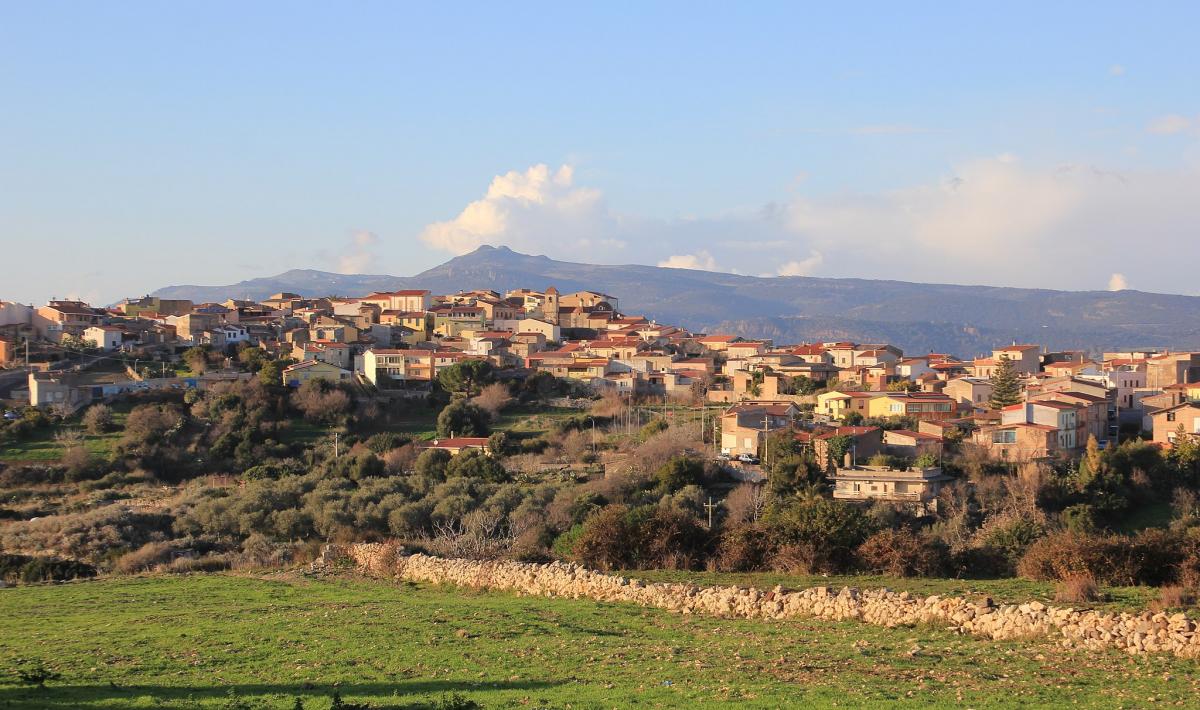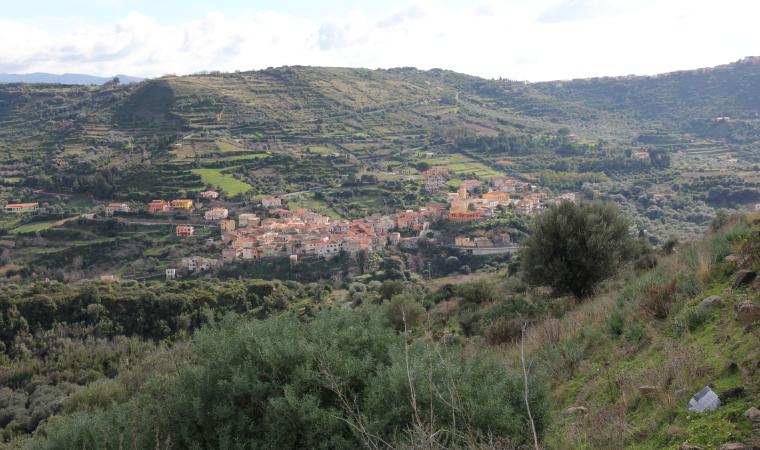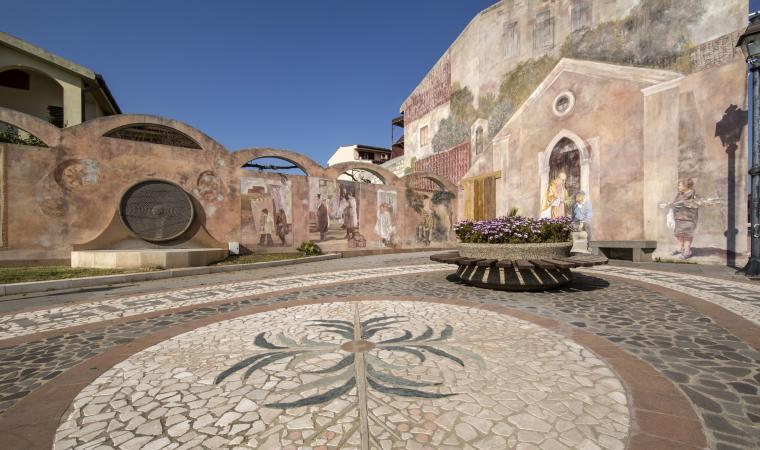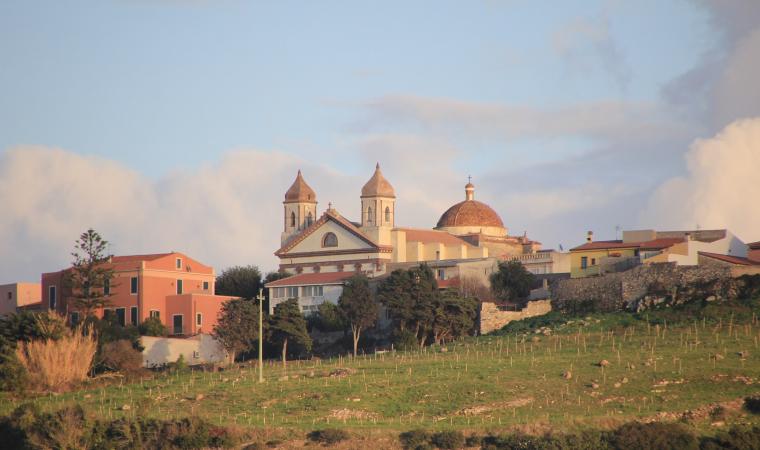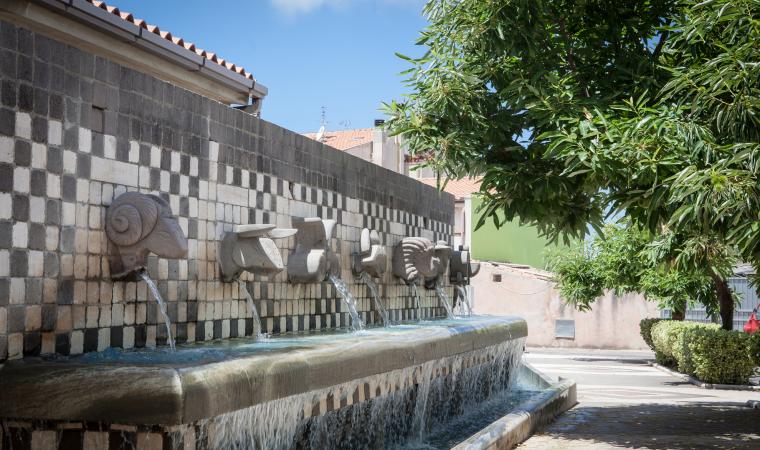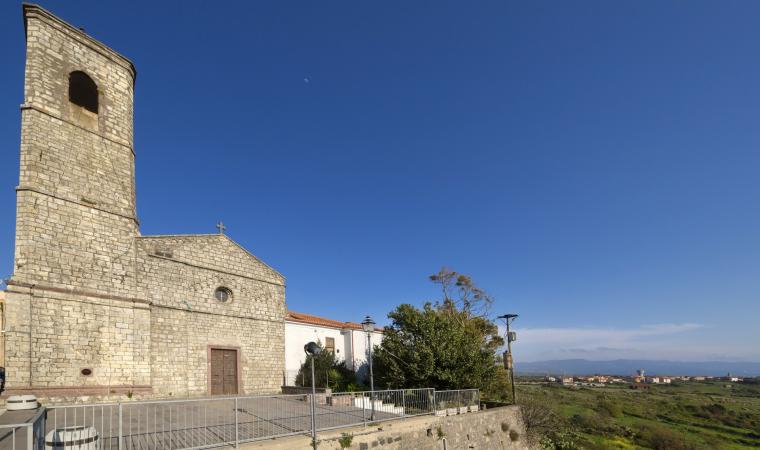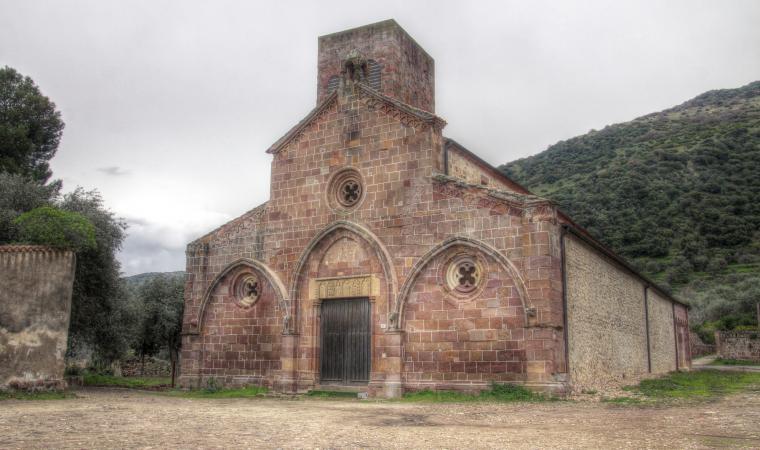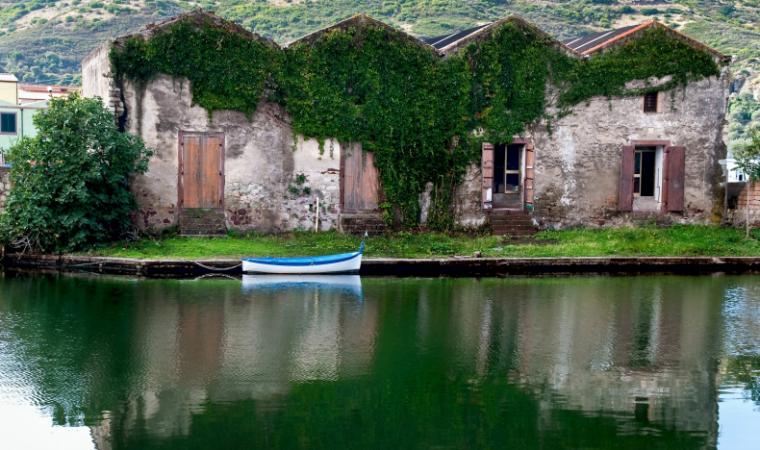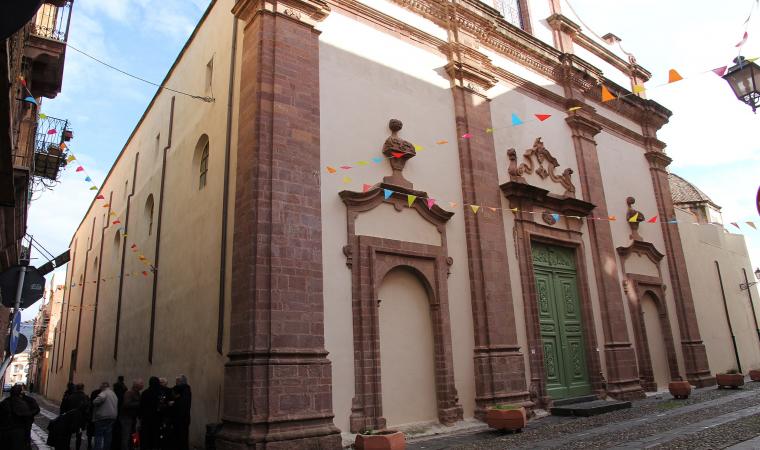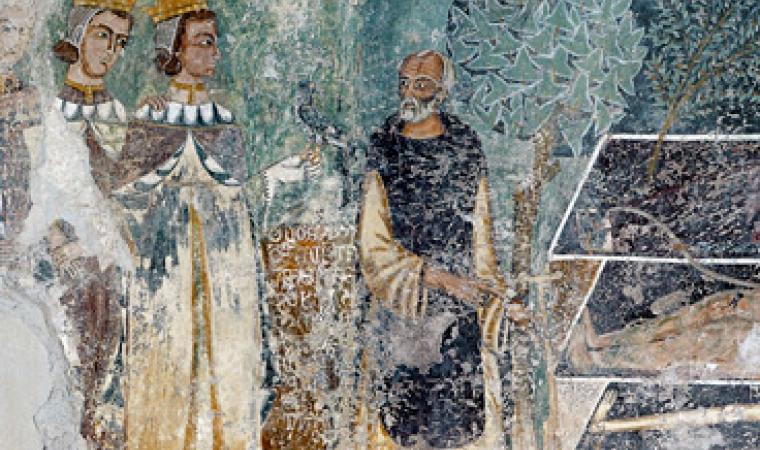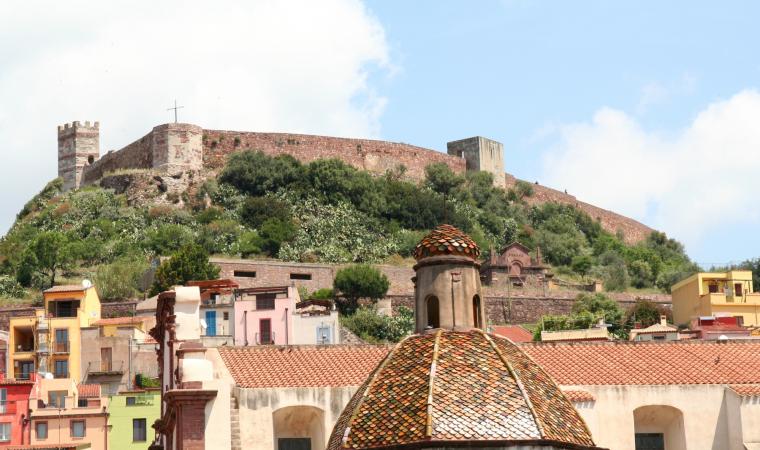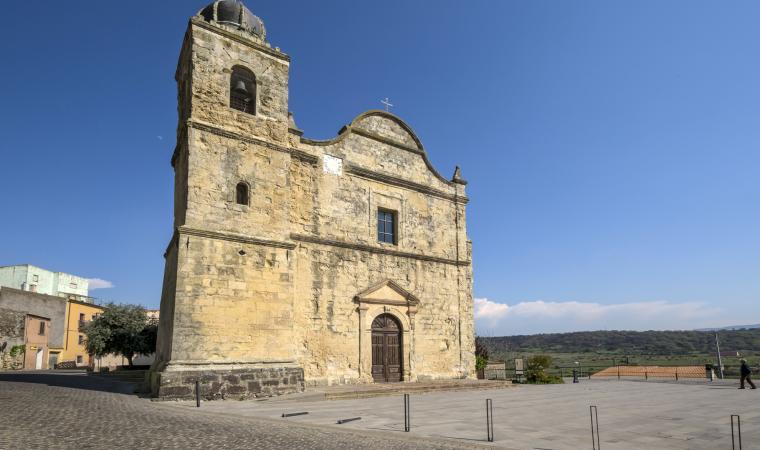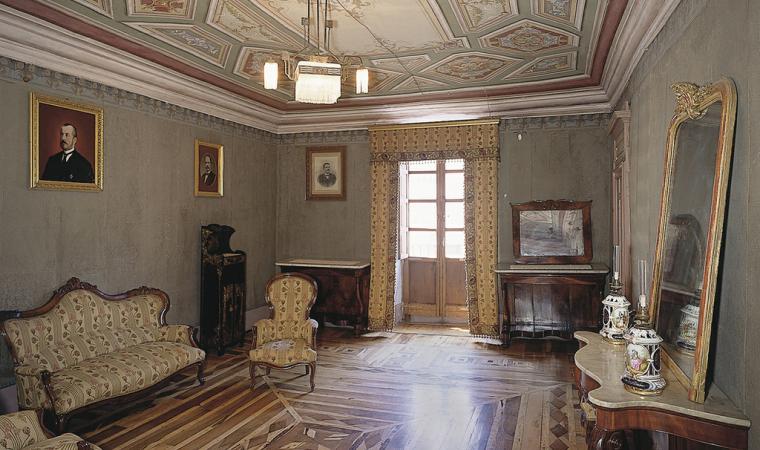Magomadas is one of the Borghi Autentici d’Italia (authentic villages of Italy) and is included amongst the Città del Vino (cities of wine), which is not surprising given that it is part of the ‘Strada della Malvasia di Bosa’ (Malvasia di Bosa road). Magomadas is a small town with less than 700 inhabitants of Planargia sub region that unfurls along the top of a hill with a panoramic view of the Modolo valley on one side, and the sea with kilometres of evocative coastline on the other. The picturesque village is characterised by ancient houses and surrounded by the warm colours of the vineyards that extend along the fertile countryside that has always marked the agricultural-pastoral traditions and economy of the community. As proof of this, in a 16th-century building in the historical town centre, there is the Museo del Vino (wine museum), providing a historical excursus on winemaking in Planargia, and a wine shop with wine tastings paired with typical dishes. Also in the town is the parish church of San Giovanni Battista, built in the early-17th century in late Gothic-Catalan style (subsequently restored). The single nave is interrupted by a triumphal pointed arch in red trachyte that leads into the presbytery. Of particular value therein are three 18th-century altars. Also worth a visit is the Chiesa di Santa Croce, dating back to late-14th/early-15th century, housing a beautiful wooden Christ with outstretched arms, the protagonist of the Rito de s’Iscravamentu during Holy Week.
Amongst its attractions, the small town also boasts a stretch of coast with beautiful white beaches, rugged cliffs and pristine waters of deep blue. In the hamlet of Santa Maria del Mare, three kilometres from the village, is the church of the same name that dates back to 1635. Once known as s’Stella, two celebrations take place here in the third week of May and in August - a procession and concerts in the piazza - being the most adored by the Magomadese community and with many visitors in attendance thanks to the Sagra della Malvisia (malvasia festival) also taking place.
The territory has been inhabited since the Nuraghic age, as evidenced by the remains of a sacred well in the locality of Puttu and various Nuraghic structures, with the Nuraghe Sebe on the outskirts of the town ‘strategically’ dominating the surrounding valley. The original settlement was built during the Punic period, as can be determined by the toponym magom adasht or, ‘new city’. The ancient Carthaginian settlement near the sea transferred to a hill near the current ruins of the Chiesa di San Nicola for means of defending the people against Saracen raids in the 14th century. Around 1388, the village was the heart of the island, where the peace treaty between Eleonora d’Arborea and the King of Aragon was stipulated.

